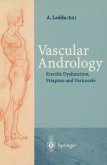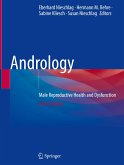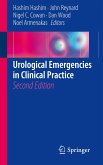The first edition of "Testosterone: Action, Deficiency, Substitu tion" was published in 1990. Since then our understanding of the hormone that turns males into men has tremendously increased. Therefore, the editors felt that a second extended edition of the book is warranted in order to summarize established and recent findings in the field and to present the reader with an up-to-date is reflected by the textbook. The increased mass of knowledge growth of the volume from 14 to 20 chapters. In the updated edition the biochemistry and metabolism of androgens have been complemented by extensive information on the molecular biology of the androgen receptor and its disorders. The key role of testosterone in spermatogenesis is now better de fined. We have a more complete understanding of the psychotro pic effects of testosterone and know so much about the different target organs and functions that individual chapters deal with testosterone and the prostate, lipids and the cardiovascular sys tem, hair, bones and muscles. The general chapter on pharmacol ogy and clinical uses of testosterone, in particular in male hypo gonadism, is extended by pharmacokinetic studies on testoster one preparations and individual substitution modalities using testosterone esters as well as implants and advanced trans dermal applications. The physiologic basis and possible clinical applica tions of testosterone in non-gonadal diseases, in male senes cence, in hormonal male contraception and in transsexuals are discussed. The last chapter describes the role of "investigative" steroid biochemistry applied to tracking anabolic steroid abuse.








